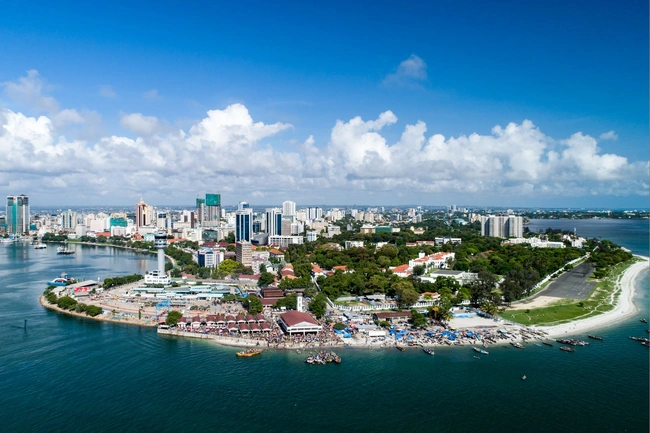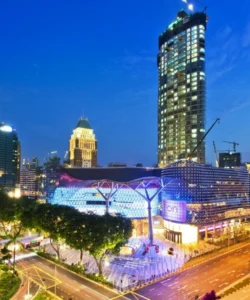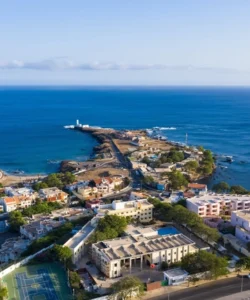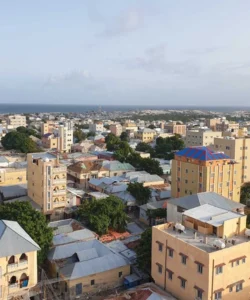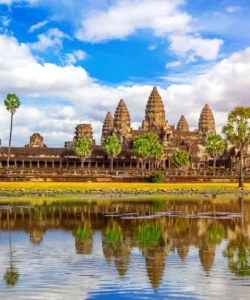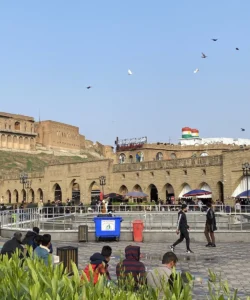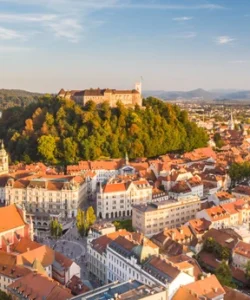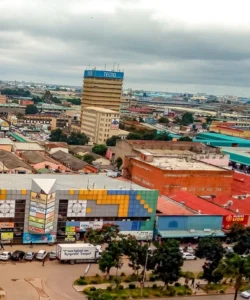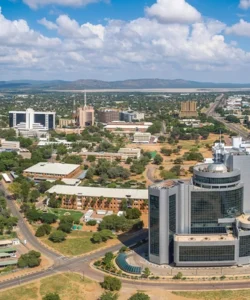Tanzania, an East African nation, is renowned for its vast wilderness areas, including the plains of Serengeti National Park, a safari mecca populated by the “big five” game (elephant, lion, leopard, buffalo, rhino), and Kilimanjaro National Park, home to Africa’s highest mountain.
![]()
Here’s a detailed overview:
Area: Tanzania has a total area of approximately 947,300 km² (365,754 mi²), making it one of the largest countries in Africa.
Population: The total current population for Tanzania in 2025 is estimated at around 71,427,810.
Language: Swahili (KiSwahili) and English are the official languages. Swahili is widely used in government and primary education, while English is prevalent in diplomacy, secondary, and post-secondary education.
Currency: The currency used is the Tanzanian Shilling (TZS).
Religion: Christianity is the largest religion in Tanzania, with a substantial Muslim minority. Smaller populations of Animists and practitioners of other faiths are also present.
Capital: Dodoma is the official capital of Tanzania. However, Dar es Salaam remains the largest city and commercial hub.
Major Cities: Besides Dodoma and Dar es Salaam, other major cities include Mwanza, Zanzibar City, Arusha, Mbeya, Morogoro, and Tanga.
Attractions & Wonders:
Tanzania boasts an incredible array of attractions and natural wonders:
- Mount Kilimanjaro: Africa’s highest peak and the world’s tallest free-standing mountain.
- Serengeti National Park: Famous for the annual Great Migration of wildebeest and zebras, a truly spectacular natural event and one of the Seven Natural Wonders of Africa.
- Ngorongoro Crater: The world’s largest intact volcanic caldera, a UNESCO World Heritage Site, and often called “Africa’s Garden of Eden” due to its dense wildlife population, including the “Big Five.”
- Zanzibar: A tropical island paradise in the Indian Ocean, known for its pristine beaches, vibrant culture, and historical Stone Town (a UNESCO World Heritage Gem).
- Stone Town: The historic center of Zanzibar City, with its narrow alleys, bustling markets, mosques, and Arabic houses.
- Lake Victoria: The largest lake in Africa, shared by Tanzania, Kenya, and Uganda.
- Tarangire National Park: Known for its large elephant herds and baobab trees.
- Lake Manyara National Park: A birdwatcher’s paradise, also known for its tree-climbing lions.
- Mafia Island: Tanzania’s marine treasure, offering excellent diving and snorkeling opportunities.
- Ruaha National Park: Tanzania’s largest national park, offering a wilder safari experience.
- Lake Tanganyika: The longest freshwater lake in the world, shared by Tanzania and three other countries.
- Olduvai Gorge: An important paleoanthropological site.
- Kondoa Irangi Rock-Art Sites: Another UNESCO World Heritage Site, showcasing ancient rock paintings.
Architecture: Tanzanian architecture is a unique blend of traditional and contemporary styles, reflecting its rich cultural heritage and influences from Islamic, Swahili, and colonial eras. It often emphasizes sustainability and the use of natural materials like timber, stone, and clay. Characteristic features can include bold shapes, patterns, curved walls, thick columns, domed roofs, and intricate carvings.
Roads: Tanzania’s road network is extensive, with a total classified road network of about 86,472 kilometers. The national road network, managed by TANROADS, comprises trunk roads and regional roads. While some major routes are paved, particularly connecting key cities and tourist areas, many regional and rural roads remain unpaved and can be challenging, especially during the rainy seasons.
Hotels: Tanzania offers a wide range of accommodation options, from budget-friendly guesthouses to luxury international hotel chains and safari lodges. Many international hotel brands like Best Western, Hilton, Hyatt, Four Seasons, and Marriott have a presence, particularly in major cities like Dar es Salaam, Arusha, and in popular tourist destinations like Zanzibar.
Restaurants & Cuisine: Tanzanian cuisine is hearty and flavorful, with staple foods forming the basis of most meals.
- Staple Foods:
- Ugali: A stiff porridge made from maize flour, often served with stews and vegetables.
- Wali: Rice, frequently cooked with coconut milk and spices, especially in coastal areas.
- Bananas: Both ripe and green bananas are essential, used in stews and mashes.
- Beans, Cassava, and Sweet Potatoes: Also form important parts of the diet.
- Popular Dishes:
- Nyama Choma: Grilled meat, often goat or beef, a popular social dish.
- Chapati: A flaky flatbread influenced by Indian cuisine, excellent for scooping up sauces.
- Supu ya Ndizi: A traditional soup made from ripe bananas, sometimes with meat or fish.
- Mshikaki: Marinated meat skewers grilled over open flames, a common street food.
- Mchicha: Cooked amaranth leaves, often served as a nutritious side.
- Ndizi Nyama: A savory dish combining cooked bananas with meat in a sauce.
- Mchuzi wa Samaki: A flavorful fish curry with a rich, spicy tomato and coconut sauce, characteristic of coastal Swahili cuisine.
- Chips Mayai: A popular street food, essentially a French fries omelette, served with kachumbari (a fresh tomato and onion relish) or sauce.
Best Time to Visit: The best time to visit Tanzania generally falls between January and February (hot and dry) or from late June to October. For wildlife viewing, especially the Great Migration in the Serengeti, late June to October is ideal when animals are more visible.
